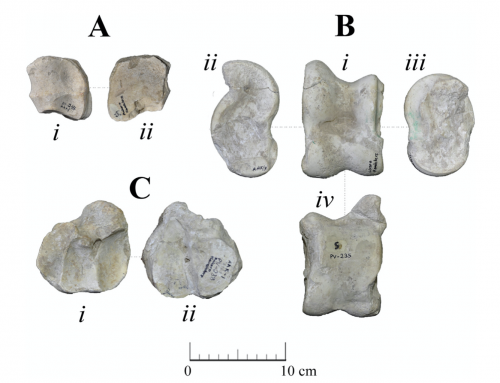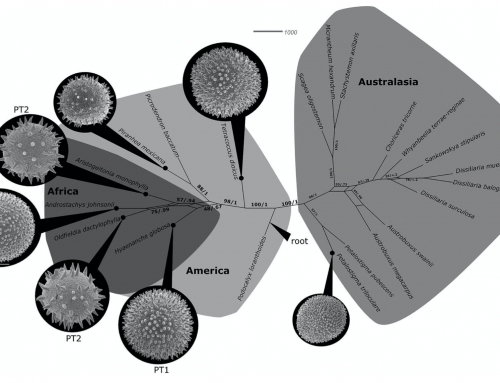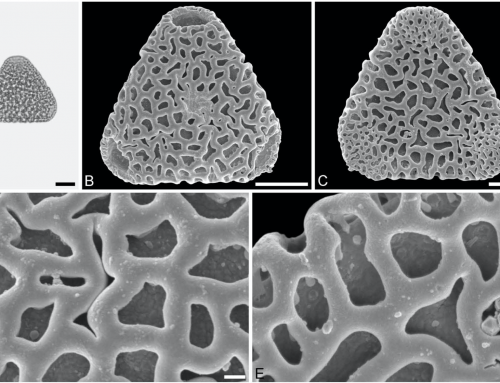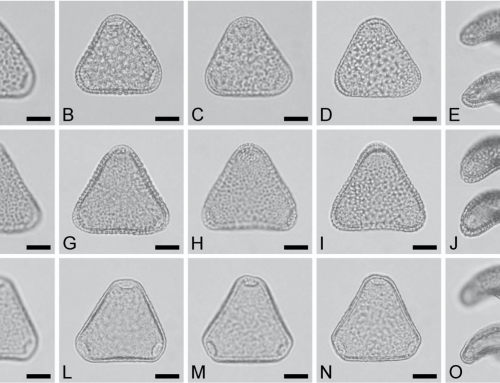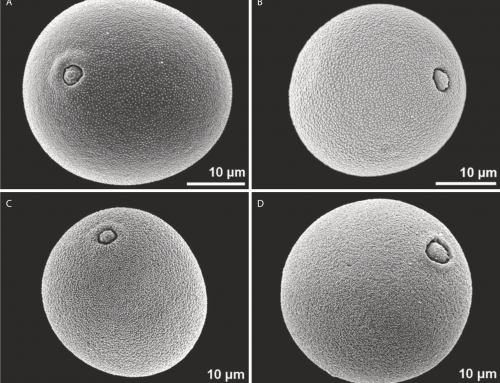Authors: Thomas Denk, Friðgeir Grímsson, Zlatko Kvaček
A large number of plant macrofossils from several Middle to Upper Miocene localities from Iceland have been studied. The fossil material includes four ferns and fern allies, seven conifers, and about 40 species of flowering plants. Betula islandica and Salix gruberi are described as new species. Coniferous twigs previously ascribed to the genus Sequoia are shown to belong to Cryptomeria based on macro-morphological and epidermal features. Fossil plants from Iceland are compared with coeval fossil taxa from Europe and North America and with living plants. The main finding is that the Miocene flora of Iceland belongs to a widespread Neogene northern hemispheric floral type including plants whose representatives are restricted to East Asia, North America and to western Eurasia at the present time. Previously inferred conspicuous similarities to North American modern equivalents appear to be misleading. The type of vegetation in four plant-bearing sedimentary formations from the late Mid Miocene to Late Miocene, the 12 Ma Brjánslækur-Seljá Formation, the 10 Ma Tröllatunga-Gautshamar Formation, the 9–8 Ma Skarðsströnd-Mókollsdalur Formation, and the 7–6 Ma Hreðavatn-Stafholt Formation, corresponds to a humid temperate broadleaved (deciduous)–coniferous mixed forest dominated by Betulaceae, Fagaceae and Acer. Changes in species composition in the sedimentary formations reflect a shift from warm temperate (Cfa climate) to cool temperate (Cfb climate) conditions from the late Mid Miocene to the latest Miocene. This shift was connected to repeated phases of extinction and colonization. Specifically, one set of thermophilic taxa including Magnolia, Liriodendron, Sassafras and Comptonia went extinct between 12 and 10 Ma, and appears to have been replaced by another set of thermophilic taxa in the 10 Ma formation (Juglandaceae aff. Pterocarya/Cyclocarya, Rhododendron ponticum type). The 9–8 and 7–6 Ma formations are characterized by taxa that migrated to Iceland from Europe, such as Fagus gussonii, Betula cristata and Pterocarya fraxinifolia type. Although there is convincing evidence that plants colonized Iceland both from North America and Europe until 12 Ma, migration in the younger formations (9–8, 7–6 Ma) is suggested to have occurred mainly from Europe.
